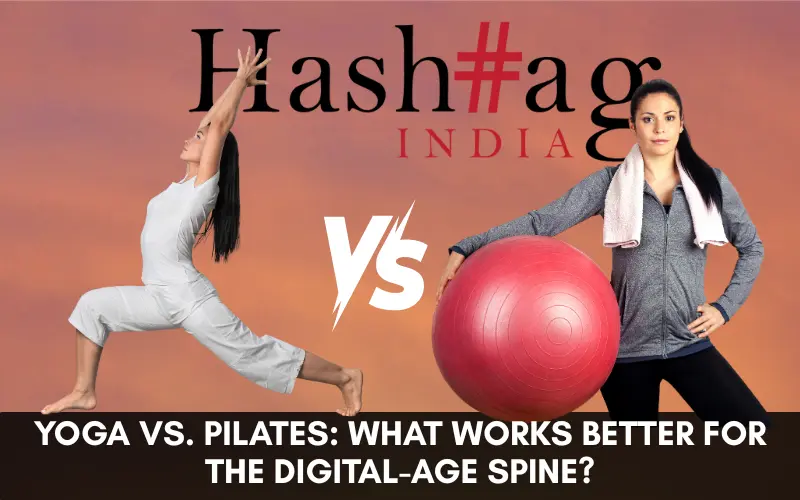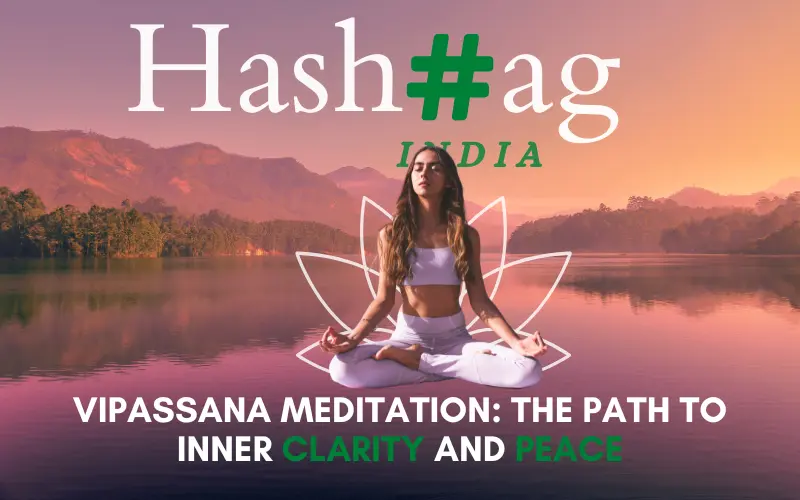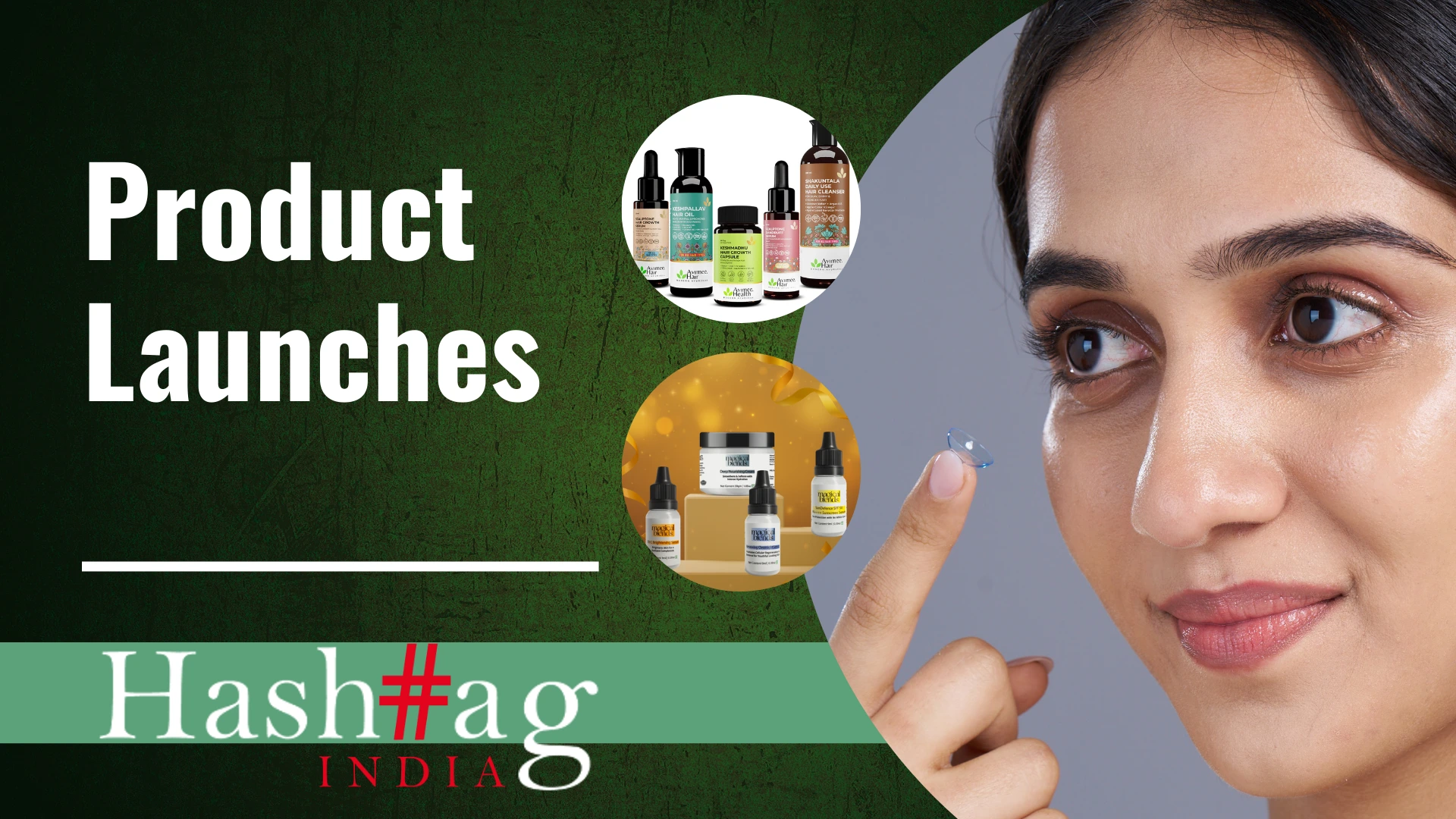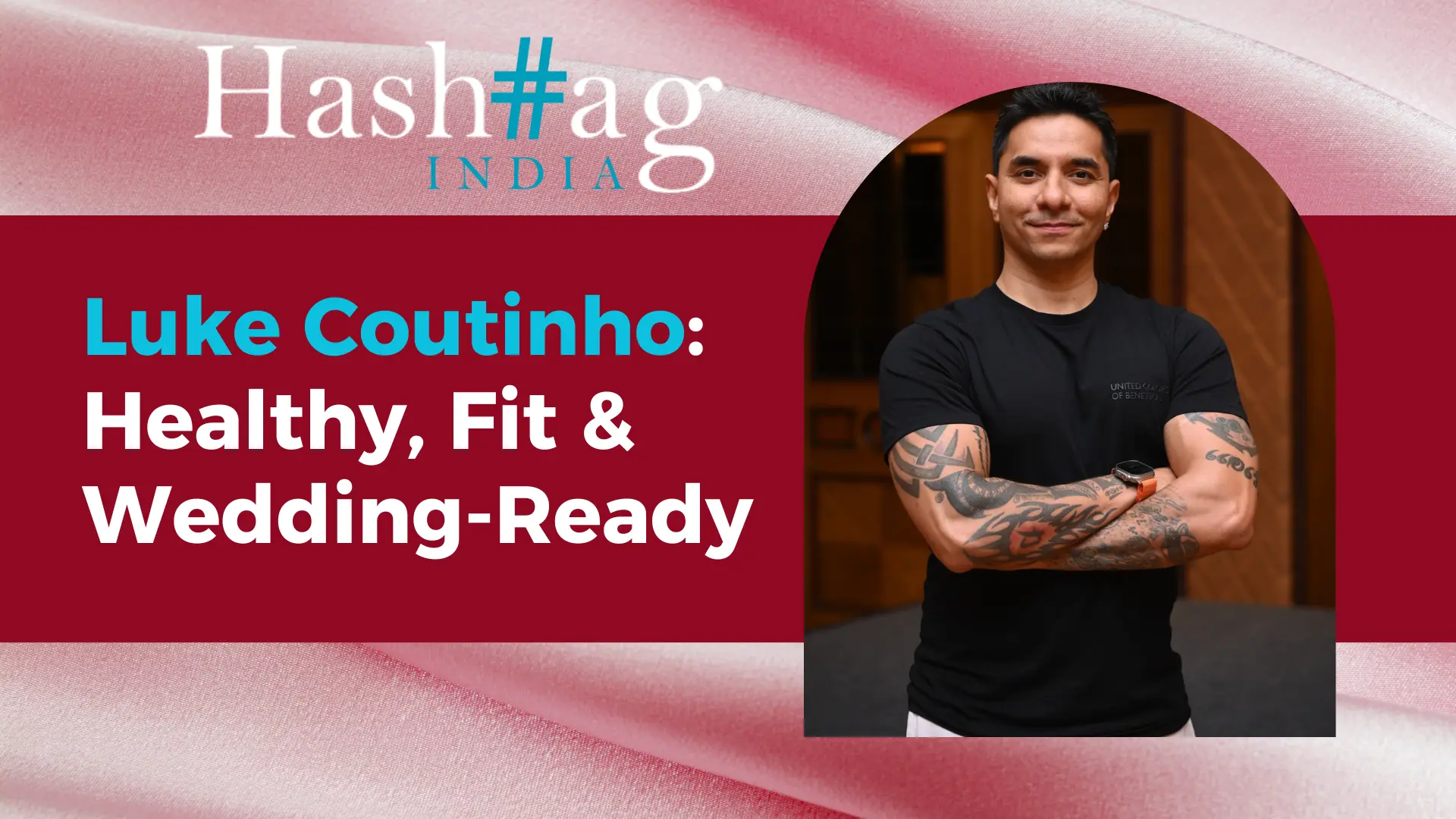Introduction: We live in an era of screens. From remote work to binge-watching, our spines are silently bearing the burden of our digital lives. Neck stiffness, back pain, poor posture, and compressed discs are now common across all age groups. But amidst this modern-day strain, two movement systems Yoga and Pilates are gaining ground as effective solutions. So, what works best for your digital-age spine? Hashtag magazine gives you an overview…
The Digital Spine Problem
Text neck. Rounded shoulders. Slouched lower back. The prolonged hours we spend hunched over devices disrupt the natural curvature of the spine. This leads to muscle imbalances, reduced flexibility, chronic tension, and even nerve compression over time. What we need today is more than just exercise; we need restorative movement, spinal alignment, and deep core engagement.
Yoga: Flexibility Meets Awareness
What It Does for Your Spine:
Improves posture through poses like Tadasana, Bhujangasana (cobra), and downward dog
Increases spinal flexibility and length through stretches and backbends
Encourages mindful movement and body awareness, helping you notice slouching and misalignment in daily life
Breathwork (pranayama) and meditation reduce stress, which often causes physical tension in the neck and shoulders
What to Watch Out For:
Without proper guidance, deep backbends or twists may aggravate pre-existing disc issues
Some styles (like power yoga) may not focus enough on core strength, which is key to spinal support
Pilates: Core-Centric Control
What It Does for Your Spine:
Strengthens the deep core muscles (transversus abdominis, pelvic floor) that stabilise the spine
Focuses on neutral spine alignment crucial for those who sit for hours
Builds muscle endurance and control around the lumbar and thoracic spine
Gentle, low-impact, and highly structured ideal for those with back pain, disc issues, or postural strain
What to Watch Out For:
May feel repetitive or mechanical for those seeking a mind-body-spirit connection
Flexibility gains may be slower compared to yoga unless paired with stretching
Yoga or Pilates: Which Should You Choose?
| Goal | Yoga | Pilates |
| Increase flexibility | High | Moderate |
| Core strength & spine support | Moderate | High |
| Mind-body connection & stress relief | Strong | Light |
| Alignment awareness | Good | Excellent |
| Safe for chronic back issues | Varies by style | Very safe |
| Improves posture | Yes | Yes |
The Smart Approach for the Digital Spine? Combine Both.
In reality, the best spine-care routine borrows from both practices:
Start with Pilates to build spinal stability and core strength
Layer in Yoga to improve flexibility, posture, and mental calm
Use breathwork and mindfulness from Yoga to reduce tech stress
Choose gentle mat Pilates and restorative yoga for chronic issues
Final Word
In the digital age, your spine is under more pressure than ever but your body is also more intelligent than you think. Whether you find peace in a yoga flow or power in a Pilates mat class, the key is consistency, awareness, and proper guidance. Your spine will thank you one aligned vertebra at a time.




































